
If you were asked to name one home-based activity we all do in the spring, you can be fairly sure cleaning would be one of the top answers. It’s an age-old tradition passed down through the generations. As the seasons change, we still feel an almost primeval need to start the new season with a cleaner house.
Rachel Aldridge, Household Buyer for Waitrose says the company sees a 20% increase in sales of cleaning products in the spring, with bleach, anti-bacterial wipes, cream cleaner, drain unblockers and kitchen gloves ranked as the top selling products.
But why do we get this urge to strip back and start again and why does it benefit us?
We historically cleaned in the spring to rid the house of dust, soot and oil that had accumulated from winter fires and kerosene lamps.
The combination of modern heating systems and rising heating bills means that’s less of an issue today, but with more time spent at home during the winter we still feel the need to dust off the cobwebs and start fresh.

For many, spring cleaning has its roots intertwined with religion and cultural traditions.
In Iran, Nowruz – or Persian New Year – is often cited as the founding influence behind spring cleaning. Coinciding with the first day of spring, the 13-day long holiday traditionally involves some of the elements we associate with the change of season in the UK, such as cleaning and buying new clothes.
For Christians, Catholics clean the church altar the day before Good Friday and the homes of Greek Orthodox Church members will be cleaned during the week leading up to Lent – with ‘Clean Monday’ a key day in the calendar.
In Jewish custom, March or April is the date of Passover which marks the liberation of Jews from slavery in Egypt. Egyptian slaves were fed unleavened bread, which the Jews adopted as a symbol of their survival.
To mark this moment, the home is cleaned before the start of Passover to remove any yeast bread or chametz from the home as a mark of gratitude towards the hardship their ancestors endured.
When it comes to the present day, the cathartic benefits of seeing our surroundings clean and ordered is something many of us continue to appreciate, not just for the visual pleasure of seeing a clean and tidy home.
Sophie Scott, a cognitive neuroscientist at University College London, says the process goes deeper than just the need for a new start.
Tidying up, whether that’s colour-coordinating a bookshelf or overhauling a wardrobe, also acts as a reward, which increases the release of the neurotransmitter dopamine, also known as the brain’s ‘pleasure chemical’ in the brain.
The spring clean makes us simply ‘feel good’.

She warns, however, that while a good clean out can make us happy, it will only improve our mood if we set ourselves manageable goals.
While it may be tempting to suddenly decide overnight to do it all the next day, the reality is we don’t need to do this and happiness can be more readily achieved from setting simple, clear tasks.
Cleaning experts we spoke to all agreed that spring cleaning should be seen as more of a project than a task.
It’s a group of activities that fall under one umbrella heading, but that can be tackled individually, allowing you to work your way through your home, creating a sense of order and organisation now and in the months ahead.
Most agree that starting at the top of the house and working down is key.
Gravity means that dust and dirt will naturally fall downwards, so if you start the opposite way round you will only end up adding dirt back to areas you’ve already cleaned.
Many also recommend creating a spring clean checklist that you can refer to each year.
But if the urge to clean is with you right now and you simply want to get on with the job, here are a few suggestions to get you started.

Take the opportunity to go into the attic ahead of your clean and write down everything you have stored there. Even if you can’t sort the items out now, knowing exactly what’s there will allow you to tackle it more efficiently in the future.
Don’t forget to check the insulation and look for any signs of damp while you get the chance – an irritating thing to find, but better to spot it early.
Move and clean under the furniture if you can. Empty wardrobes and consider donating or selling any items of clothing you haven’t worn in the last year and put clothes you will ‘one day fit into’ into storage, with a clear date in the future when you’ll try them one last time – this can motivate you to get healthier too.
Safely dust and clean ceiling lights, as even if you can’t see the dirt it will be there.
Although this is regularly cleaned, why not take the time to empty toiletry and make-up bags.
Do you really need to keep all those small bottles of toiletries collected from your travels? Why not package them up and donate them to a local women’s refuge or food bank?
Empty the whole cupboard, clean, and then sort the contents into relevant piles and ask yourself how many of each you really need.
Pet rescue shelters are always in need of clean towels and bedding that may no longer be in good enough condition for use at home but will always be welcomed for animals.
If you have several in your home, use the Marie Kondo method and place the contents of each room into one central place to declutter.
You may find yourself with duplicate books, mementos, soft furnishings, and decorative accessories that you can streamline, both to reduce clutter and make dusting much easier in the future.
Probably one of the cleanest rooms of the house already, so take the opportunity to empty cupboards and collate into sub-categories. This will let you see exactly what you own, what you need to keep, and again make it easier to clean in the future.
Take the opportunity to descale kettles and run a dishwasher cleaning cycle. Cleaning the inside of your kettle will save energy as it will reduce the amount of time the water takes to boil.
Cleaning your dishwasher reduces water usage as you won’t find yourself having to re-rinse items that aren’t quite as clean as they could be.
Finally, don’t forget to check the inside of your oven and if it’s much to handle, book a professional clean.
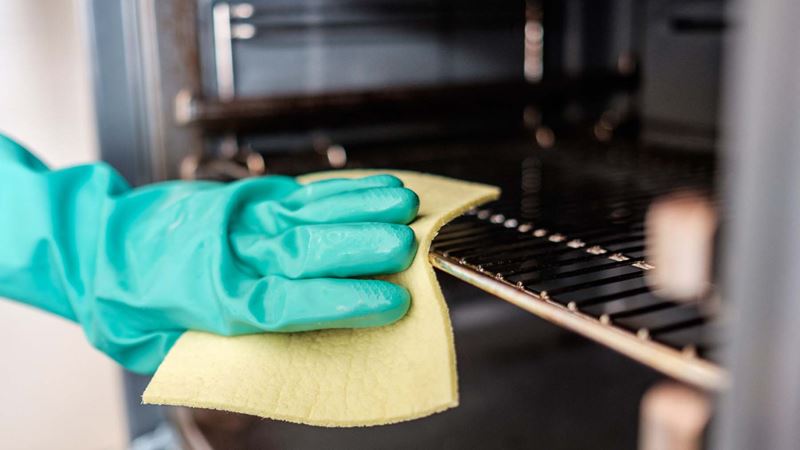
Spring also means more time spent outside, so it’s important to include the exterior of your home on your checklist.
Take the time to do a full visual check of your walls, roof, hard landscaped areas and pipes.
The winter months may have led to the appearance of cracks, mould and even frost damage to patios and pipes.

The experts at home insulation company, Insulation Express suggest this could also potentially save you a substantial amount of money over the coming year. The company recommends concentrating on the following areas:
Once you are ready to start read our tips on how to make spring cleaning more enjoyable - it really doesn't have to be a chore to be dreaded.
And if you really don't want to do it, then you could always treat yourself this year to some professional help. The Association of Professional Declutterers and Organisers can guide you towards a professional working in your area.
Since first picking up a paintbrush and experiencing the joy of re-decorating her bedroom in a questionable red, white and grey scheme as a young teenager, Sarah Harley was hooked on the world of interior design. This obsession even led to a real life ‘Grand Designs’ project in 2005 when she donned a pink hard hat and appeared on TV screens, project managing the renovation and extension of a Grade II listed 17th century Folly in South Wales.
Throughout her career, Sarah has gained an array of experience in several different roles, ranging from copywriting, PR, events management and photography to interior design and home staging.

Learn how to avoid the most common vacuuming mistakes to ensure that your floors are spotless and free from allergens.
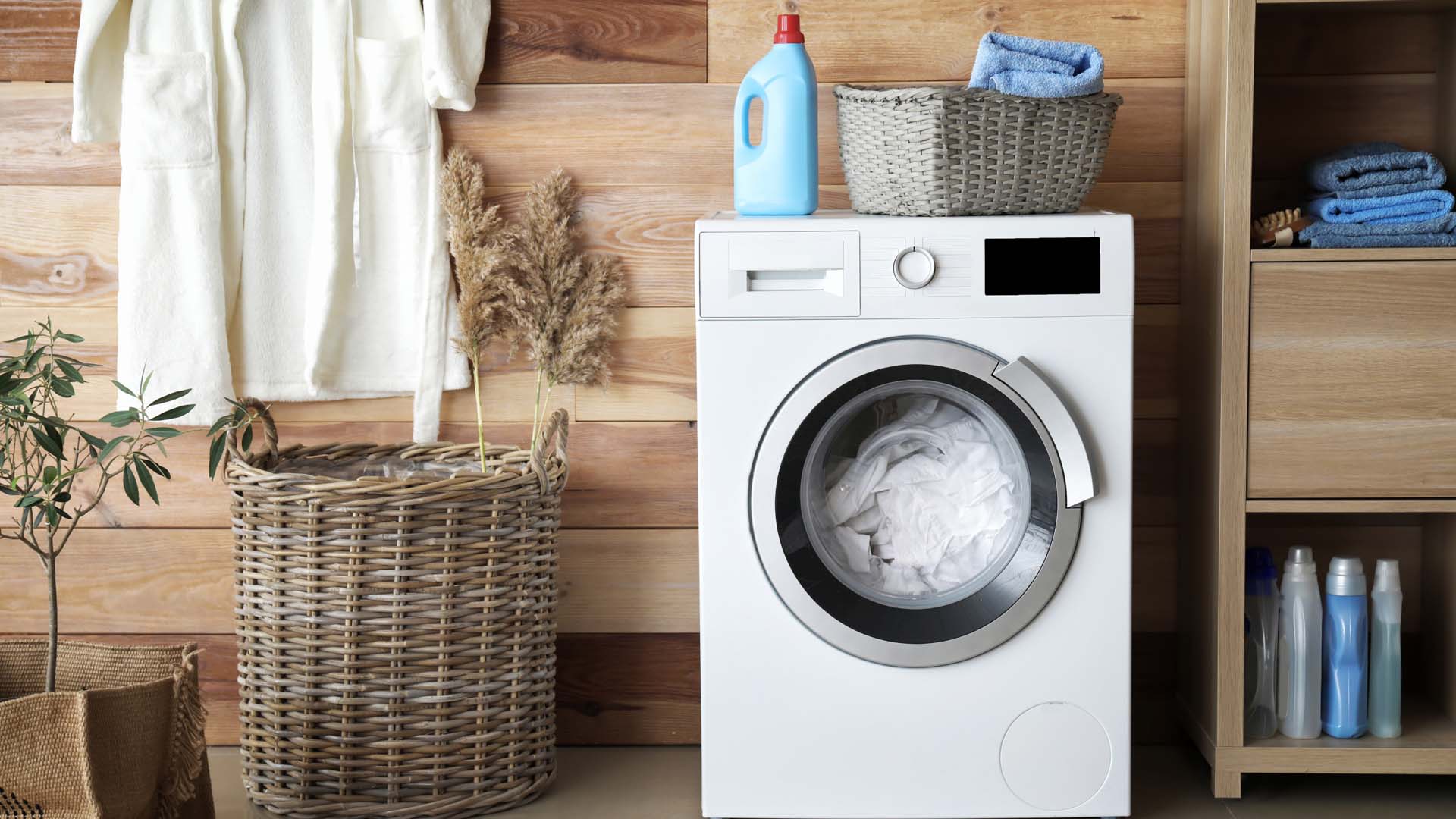
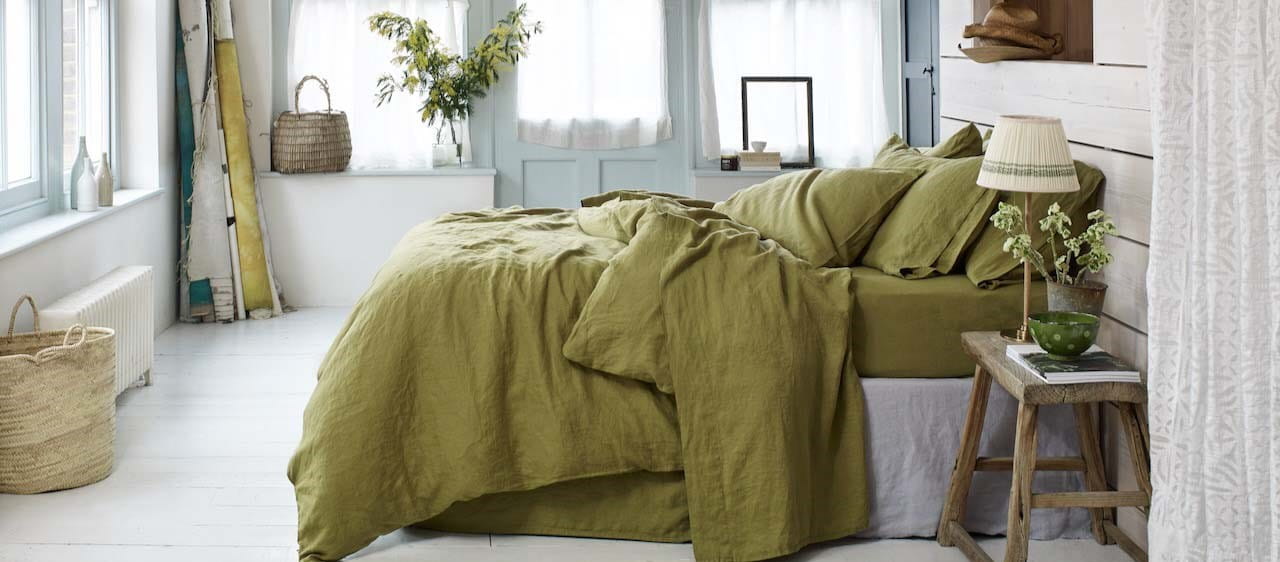

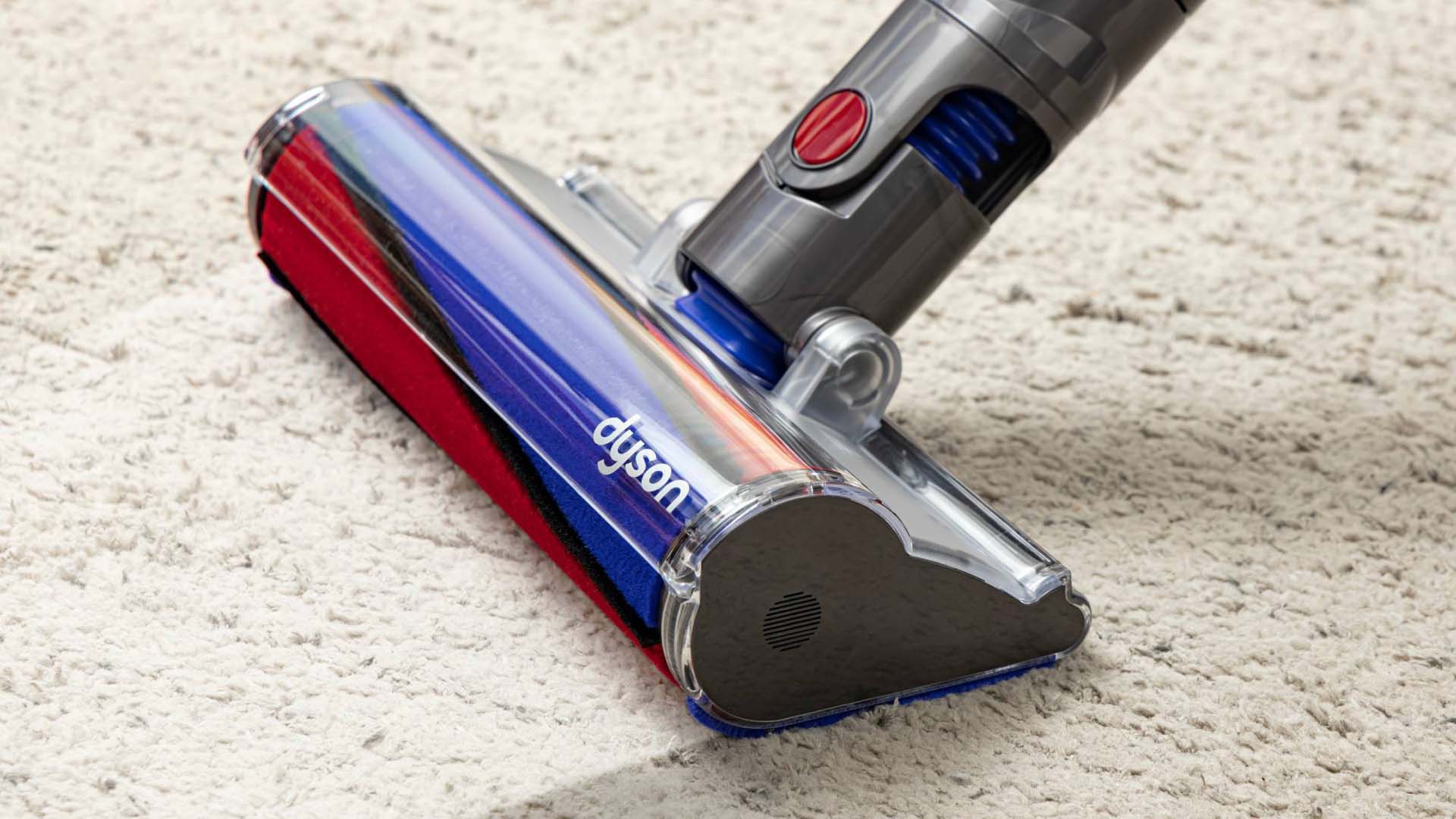
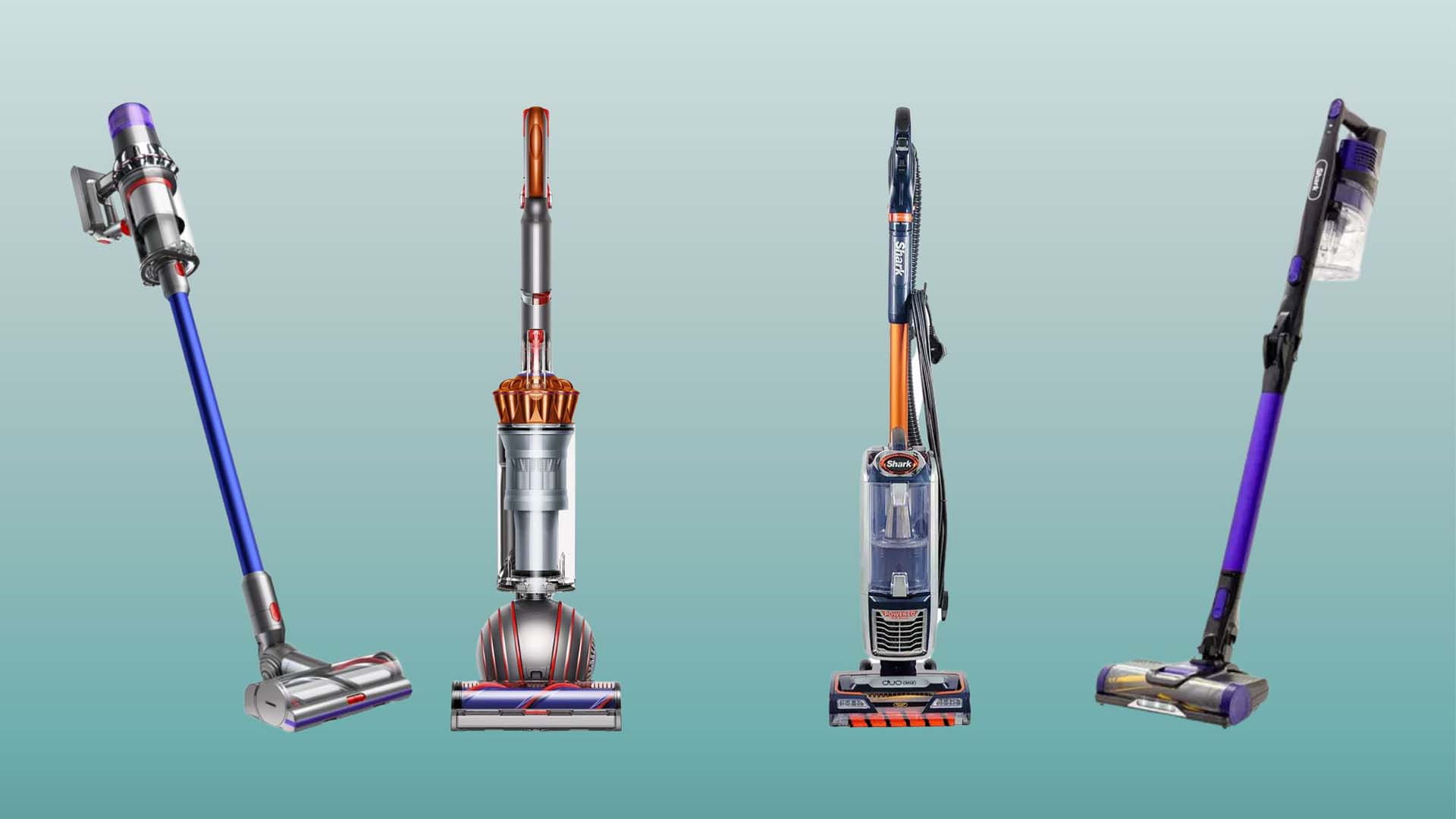

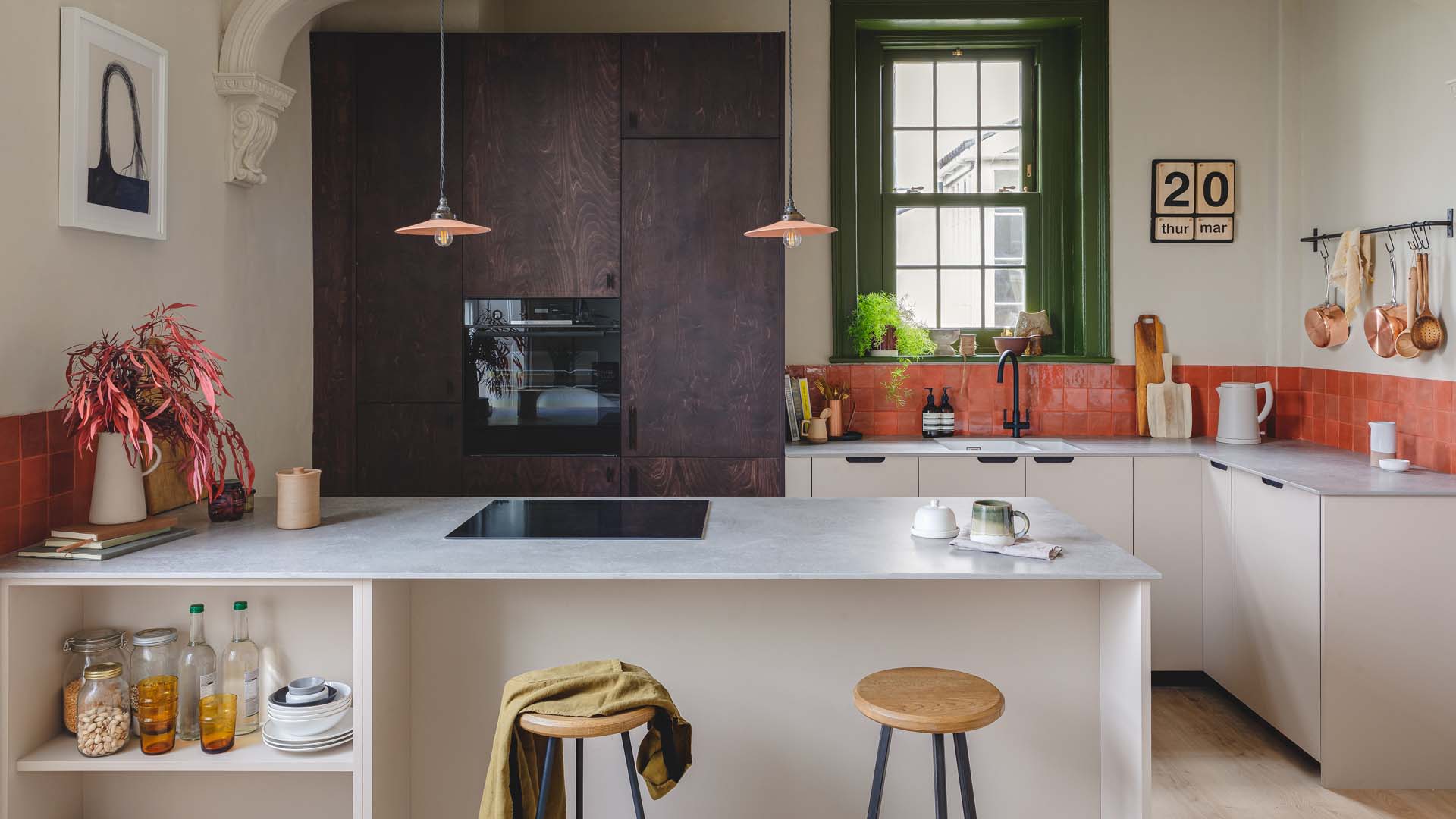

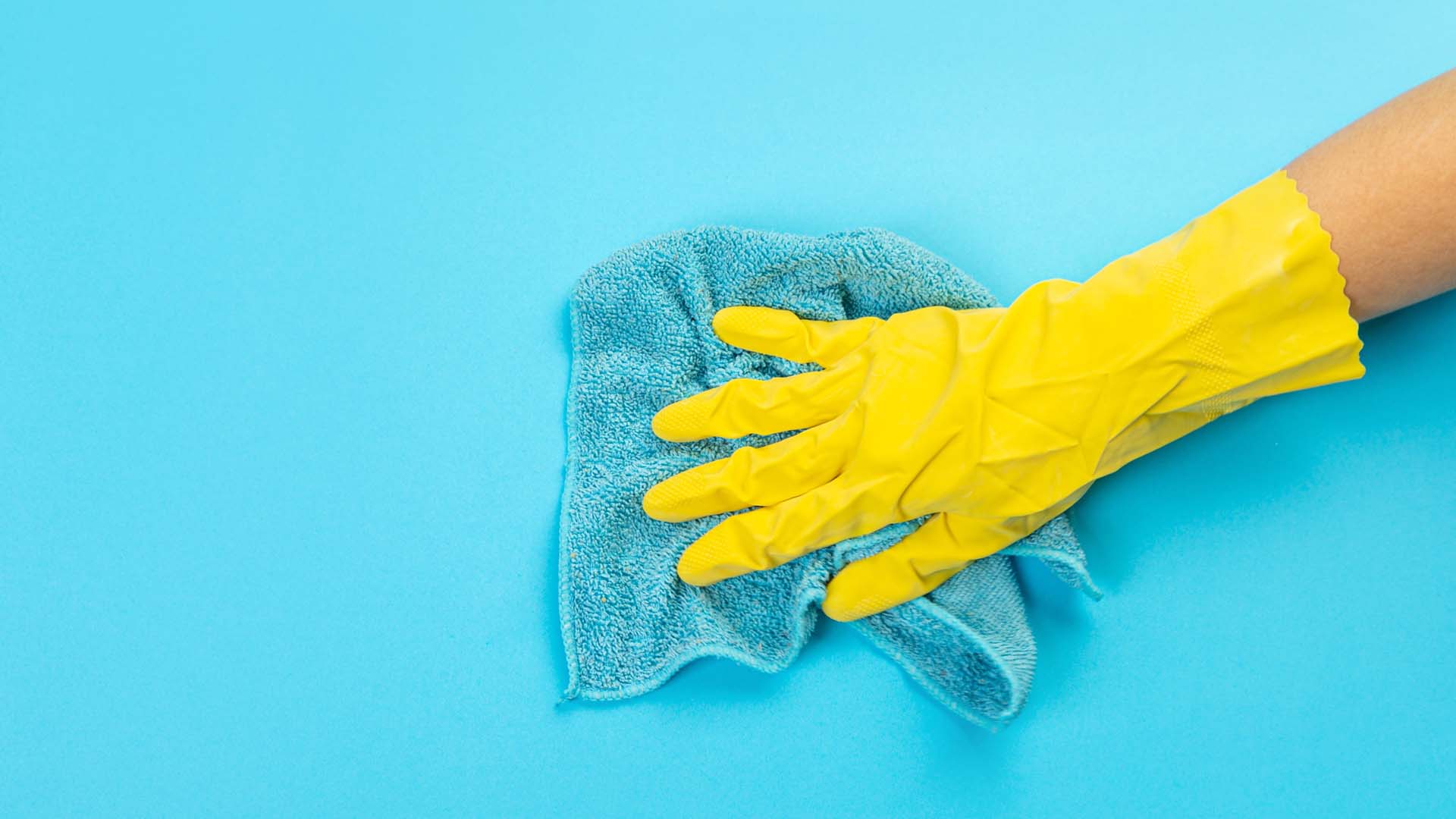

Create the perfect vista with our window cleaning tips.
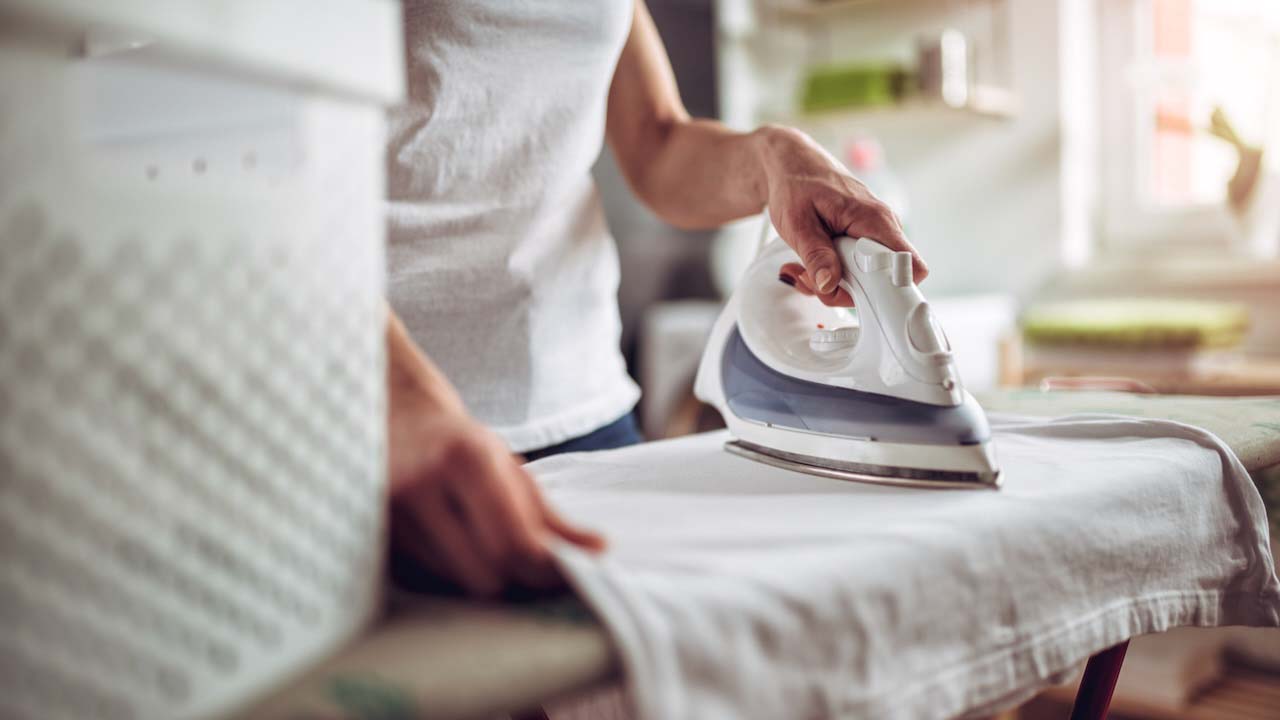
Because a scale-filled iron can ruin your clothes.